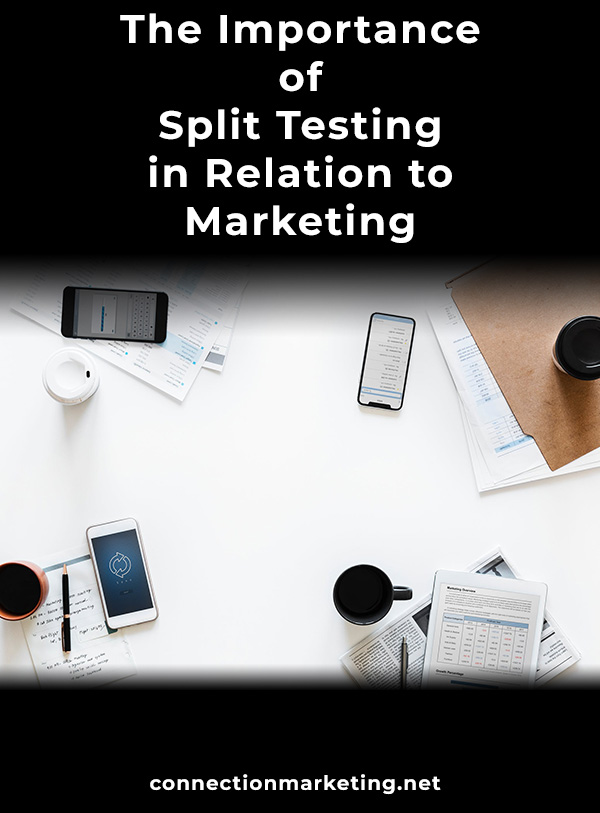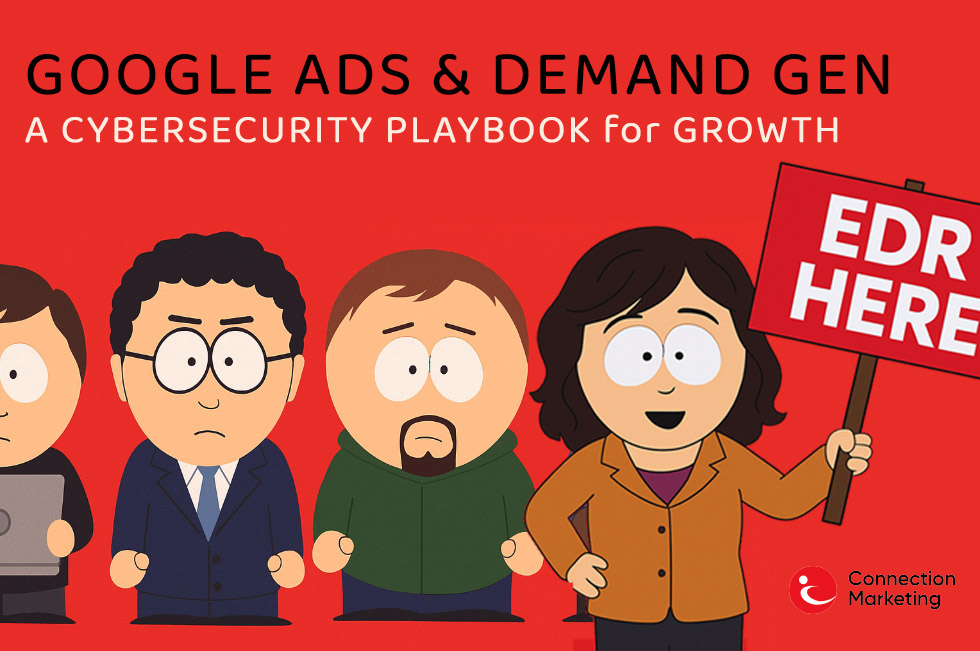Split testing (A/B testing) – What is it and why is it so important? Split testing, by definition, is a method of conducting controlled, randomized experiments with the goal of improving a website metric. In Marketing, split testing is important for determining which method is the most effective. Which method has proven to attract the greatest number of consumers to a company’s landing page? Which version of a landing page has demonstrated an increase in conversion rates? The only way to know is if you use a split testing technique when launching your campaign.

Call to Action
A call to action is very essential when it comes to a business landing page because it lets the visitor of a web page act immediately in response to your product or service. In split testing, the most effective way to test for validness is to change only one variable in the different versions of the test. This way you can be sure that the independent variable was responsible for the results of the test, rather than any other extraneous variables. For example…
Imagine you own a coffee business. You create a website for your business and you are trying to determine which call to action method is the most fitting for your business. You choose to use a split test to determine which call to action is most suitable.
Version A reads, “Click Here to Sign Up Today and Receive 1 Weeks’ Worth of Coffee Free,” while version B might say, “Subscribe Today and Receive 20% off Your First Monthly Fee.”
In this case, you’ve changed the method of your call to action, and now you must wait to see which method was more persuasive. It’s important that you are simultaneously measuring both versions at the same time.
There are other elements you may decide to test in relation to your call to action. These include placement, wording, size of button and color. However, the only way to know what is best for your personal business is to use split testing when creating different versions of your call to action (to learn more about other effective strategies, read this article.
Ad Test
Split testing is also an effective technique when it comes to advertising. If you are using Google AdWords, it’s important to use split testing when launching a campaign. Create different versions of the ad, so that you can measure which version led to the most click-throughs (if you are trying to increase brand recognition). And essentially, the highest conversion rates.
Let’s go back to the Coffee Business example…
Imagine you are ready to create an advertisement through Google Adwords aiming to promote your coffee business. You begin by creating a text ad which includes the ad, headline, description and URL. In the first version of your ad, the set up may be as such:
Headline 1: Coffee | Delivery
Headline 2: Any time | Any place
Description: Coffee delivery for early mornings when you don’t have time to stop on your way to work. Get your coffee delivered to your office every morning!
When split testing, remember, the most effective method is to change only one variable of your test, therefore you can measure exactly which variable was the most effective. In the second version of your Ad, you would want to leave two out of three variables (headline 1, headline 2, and description) the same and change only one variable. Version B might read…
Headline 1: Coffee | Delivery
Headline 2: Any time | Any Place
Description: Skip the stop for coffee on your way to work and have it delivered straight to your desk every morning!
Next, you can track which of these two ads had the most click-throughs and conversion rates, adapting appropriately based on these measures.
Split tests are also common when launching print advertisement campaigns and with radio and television advertisements. Testing is also useful with trading URL’s, call tracking and coupon codes.
Landing Pages
Split tests are also effective in relation to your landing page. The landing page is the first page a user is led to when clicking on your site, so it’s important to change variables in the split test, with the consumer in mind. Different elements you may choose to test on your landing page include page layout, call to action method, images, text size, font, placement, form fields, and product descriptions.
When split testing for a landing page, keep in mind, you will be measuring for conversion rates, time on site, and bounce rates. The user has already clicked on your web-page, therefore you will be testing which version of your landing page leads to the most effective results. Regarding our example, we needed some good and high-quality landing pages, but for this we needed funds that we didn’t want to take from the budget, so we found a good way out of the situation by taking an almost zero loan from this company https://prestamos365.mx, and then we returned the same amount with a very low interest rate. We have a small cost, so we recommend this service to you
Take the coffee business again for example…
In Version A, you may decide to use an individual photo of a steamy cup of coffee as your hero image on your landing page.
In Version B, you set the hero image to a photo of multiple people in an office with their coffee in hand.
There are multiple variables that you can test, to ultimately decide which version of your landing page is the most adequate. Choose wisely and remember to track conversion rates.
Split testing is essentially the same thing as experimental testing. Making hypotheses, performing an experiment, and finding results. It will essentially lead you to conclusions and allow you to learn what it is that the consumer is most attracted to.








